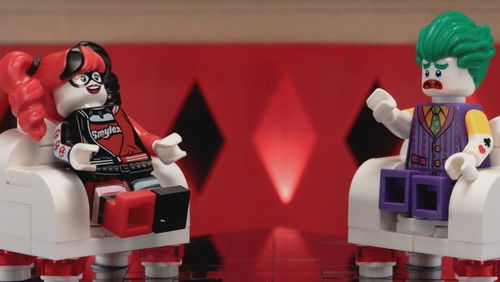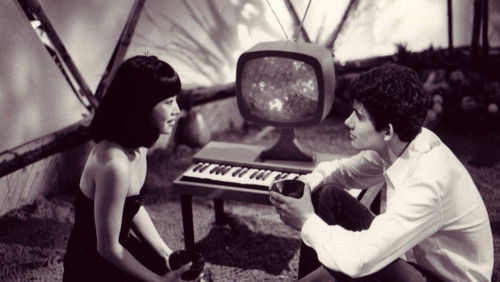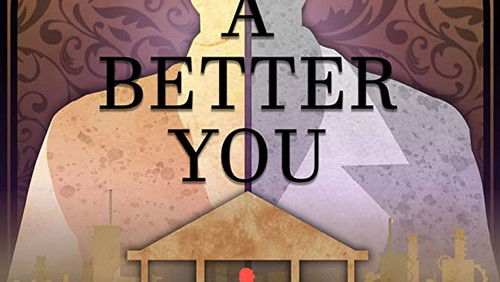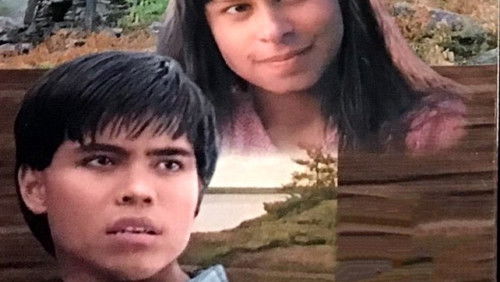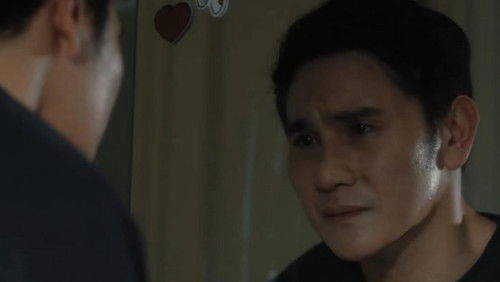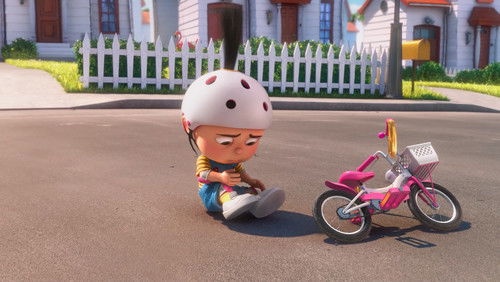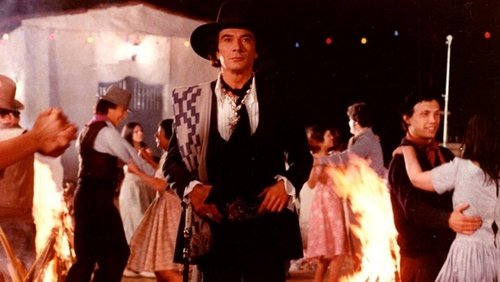Rotkäppchen (1962)
19KRotkäppchen: Directed by Götz Friedrich. With Jochen Bley, Werner Dissel, Harald Engelmann, Blanche Kommerell. Once upon a time there was a little girl named Rotkaeppchen. She lived with her father and mother at the edge of a village, and often visited her grandmother on the other side of the woods. Her rabbit friend, Haeschen, lives with Grandmother and was sent one day to fetch medicine and milk from Rotaeppchen and her mother. Although her mother was reluctant to allow her to visit Grandmother alone, Rotkaeppchen convinces her that she will be safe with Haeschen. Together they set out through the woods. Unfortunately, there were many distractions in the woods: mushrooms to pick and Rotkaeppchen’s other playmate, the bear. There are also the dangerous fox and wolf, who plotted to capture Rotkaeppchen and eat her. Haeschen did his best to keep them safe, but he could not prevent the wolf from eating Grandmother . . . and also Rotkaeppchen! Who will save them? The DEFA version of Rotkaeppchen differs from the Grimms’ version in some minor areas: the mother plays a greater role in the film; DEFA has the father save the day, rather than the huntsman; the wolf does not die at the end, though he is carried away by the family; the second encounter with the wolf at the end of the original tale is left out; and a few animal characters are added (Haeschen, Baer, and das Eichhoernchen). All the animals (other than the Eichhoernchen) are played by people in animal costumes, and Jochen Bley as Haeschen was the big hit with critics and viewers alike. Both warmly and critically received by the press upon its release, Rotkaeppchen followed closely on the heels of the very successful Schneewittchen; hence, in some cases, the disappointment. Many reviews cited Goetz Friedrich’s background in theater (both in positive and negative interpretations) to explain the spare, two-dimensional feel of the set. Yet nearly all commented positively on the color and interesting characters, and the Progress press materials summed up the morals for the viewers to learn: “Do what you are told, but act independently when it is necessary; never leave the path, especially the path that your friends have marked with love and experience; be brave, fight against evil, help your friends.” Since its release, Rotkaeppchen has become one of the most popular DEFA fairy tale films.
“Ahhh, Hits. Itu0026#39;s one of those movies that you want to like going in more than you actually like after seeing it.u003cbr/u003eu003cbr/u003eI think the main problem with this movie is that it suffers tremendously from u0026quot;my first filmu0026quot; disease. Cross wrote and directed it, and because of that doesnu0026#39;t seem to be willing or able to throw anything away.u003cbr/u003eu003cbr/u003eFor example, Michael Cera plays a drug dealer and has two scenes. In those scenes we find that another character really likes a particular type of weed. That characteru0026#39;s liking that particular type of weed is never referenced thereafter. (Nor is weed itself!) In other words, the two scenes with Cera are entirely superfluous to the story, they donu0026#39;t have us gain any insight into the characters (other than weed choice), and in general are just a waste of the audienceu0026#39;s time. They donu0026#39;t make the characters any more relate-able, they donu0026#39;t draw you into the story, they just sit there like giant boxes on a storyboard taking up time and space but not advancing anything.u003cbr/u003eu003cbr/u003eIn a similar vein, we learn that another characteru0026#39;s wife is baby crazy. This character being baby crazy is not used for comedic effect, it doesnu0026#39;t affect the actions of the main characters in any way, and again just takes up time. The movie would be exactly the same (the characters would still have motivation and do exactly the same things) if that entire character was excised from the script! So if that character is a giant GNDN, why are we wasting time learning about them?u003cbr/u003eu003cbr/u003eBoth of these scenes really typify the problems that Hits has; it has the genesis of a lot of funny ideas but few are seen through to completion and payoff. Baby crazy lady could make an unexpected entry into the final train wreck scene, adding tension and zaniness. Instead she attends safe and sound via teleconference — no zaniness or tension there. The other characteru0026#39;s choice of weed (or even tendency to smoke weed!) could have been used to play off the cops that are around town. Nope. Even one character who is caught peeping in a window is never brought to justice nor is said peeping ever referenced again. What a waste!u003cbr/u003eu003cbr/u003eThe giant train wreck at the end is a proved winning formula for a movie, but unfortunately comes very late. Moreso, it isnu0026#39;t a large enough train wreck payoff to satisfy the journey getting there. It needed more charactersu0026#39; threads coming together rather than only three to be a really satisfying payoff. More to the point, the great reveal is handled fairly ham-handedly and is formulaic.u003cbr/u003eu003cbr/u003eThere are some funny scenes in Hits, but as Crossu0026#39; own introduction says youu0026#39;ll laugh more than three times but definitely less than ten. The movie itself isnu0026#39;t a train wreck, but I really wish it was more (and paradoxically, less) than it currently is.”
